How Tromsø Became a Winter City
Tromsø was transformed into a winter city through public events and discreet urban design.

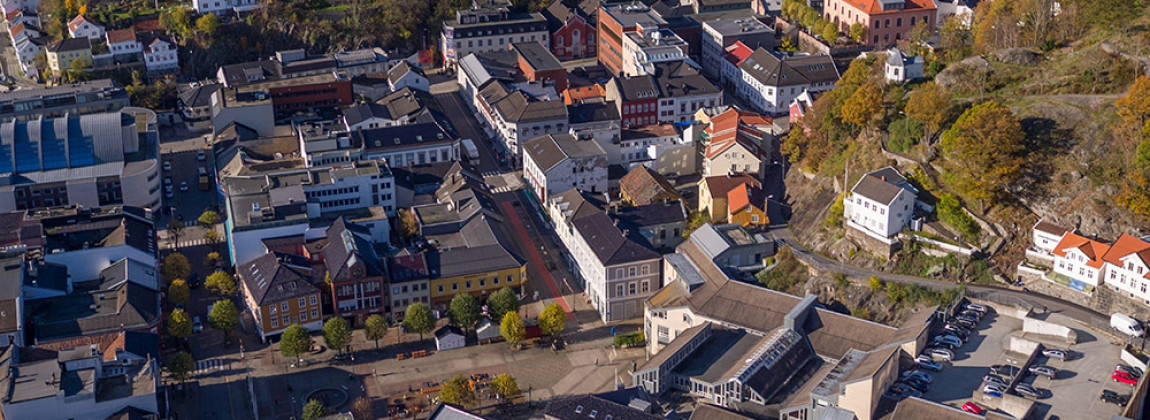

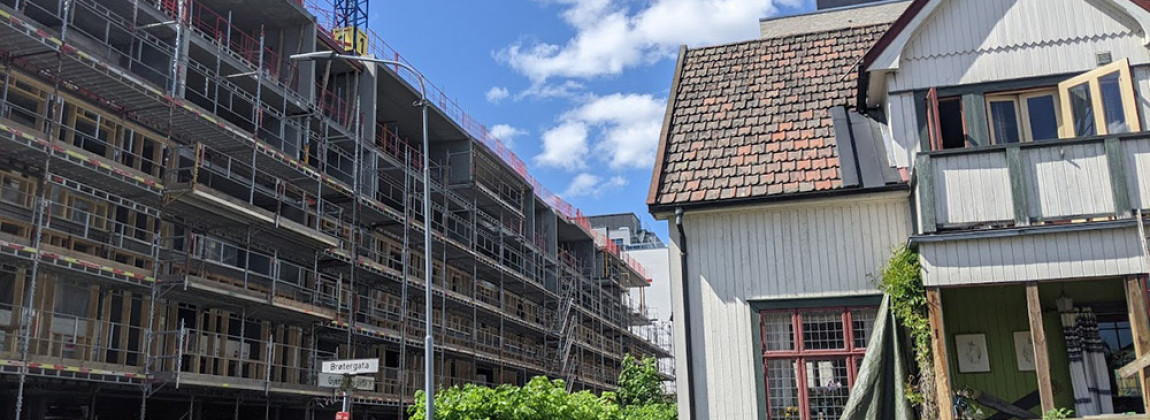

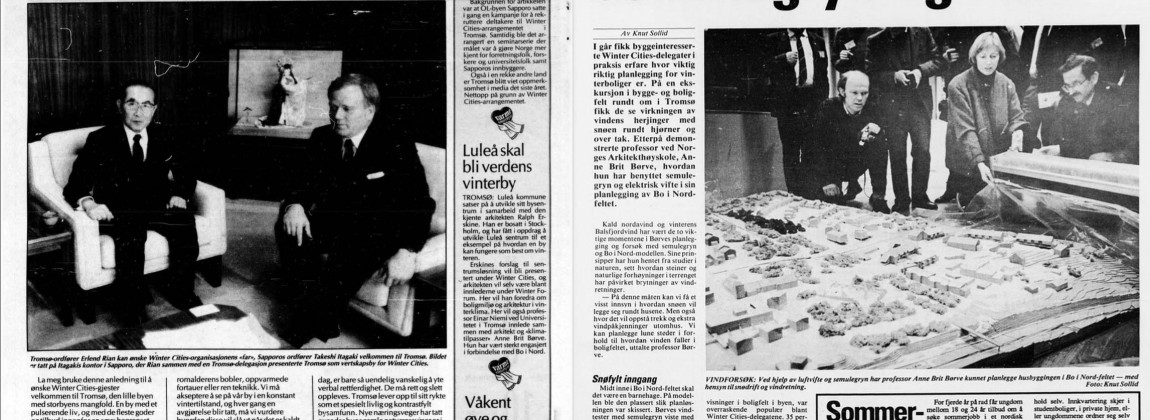

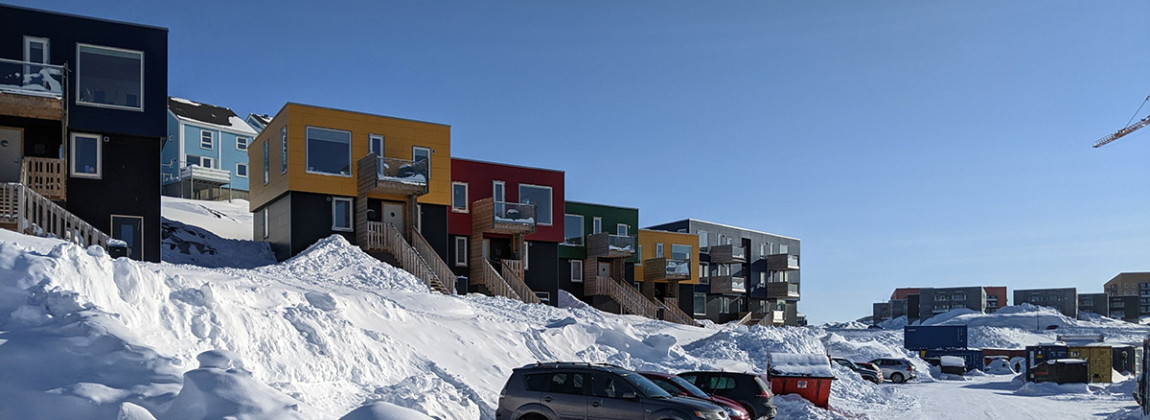
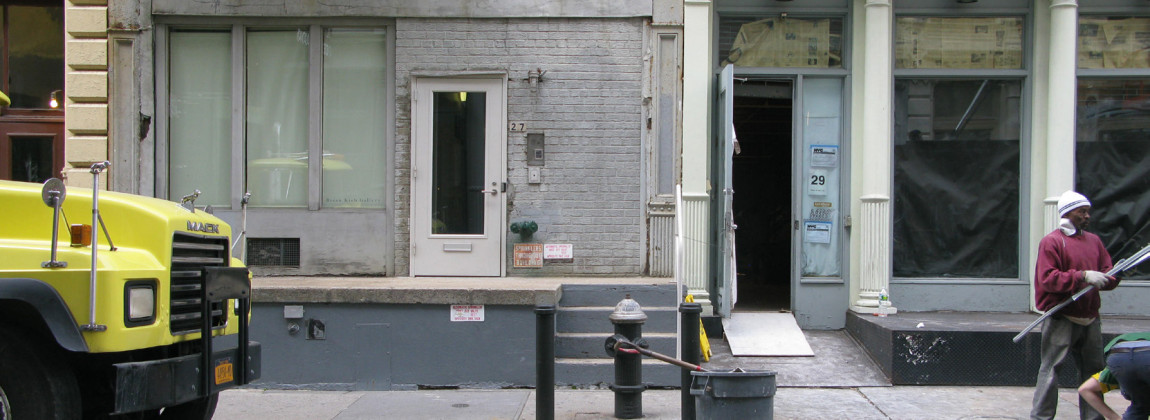
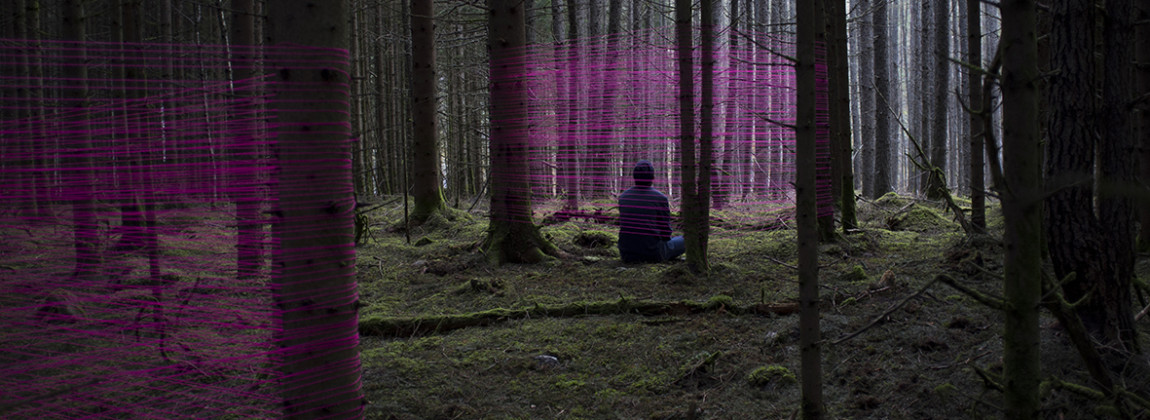
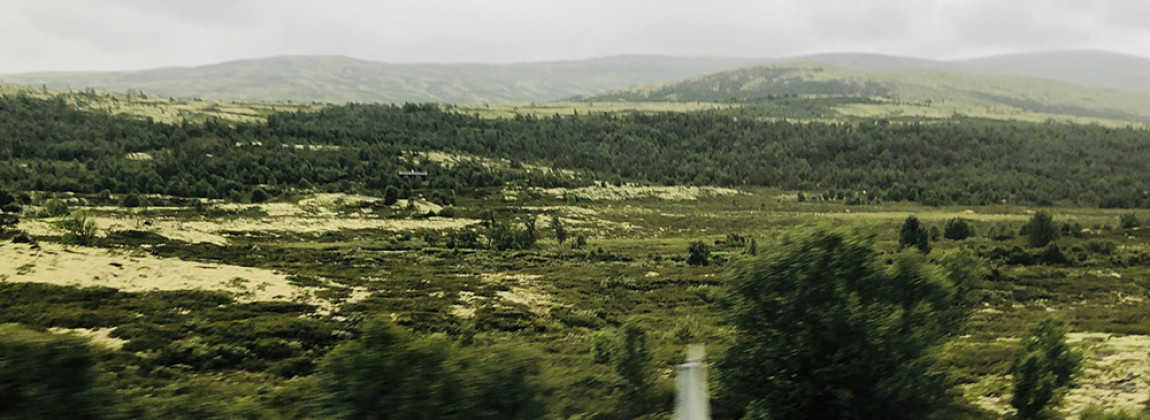
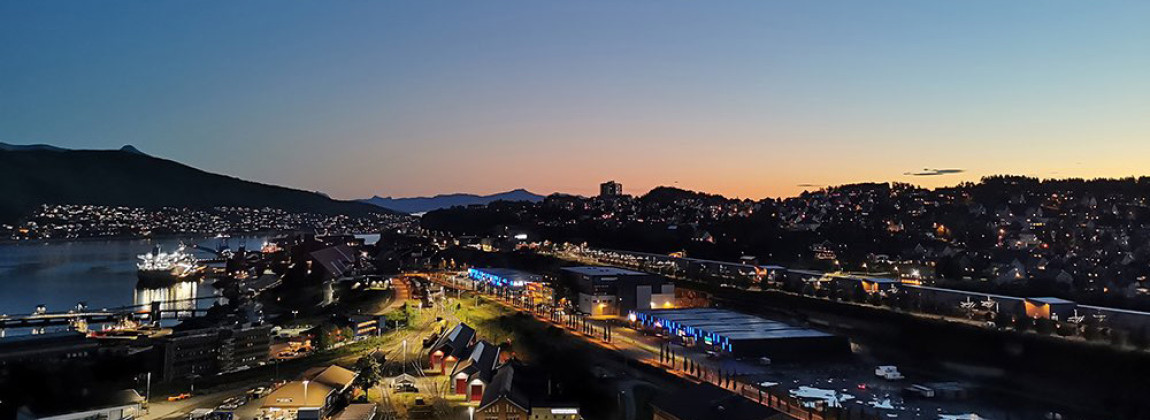
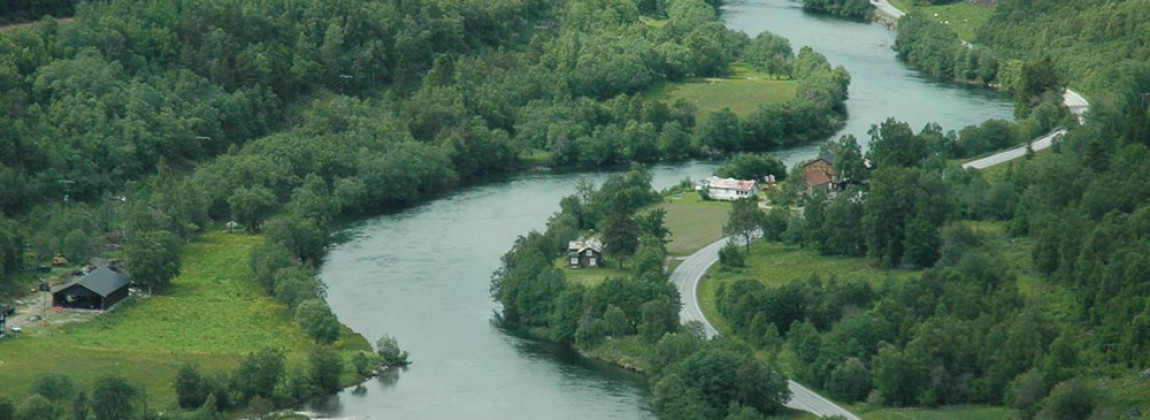
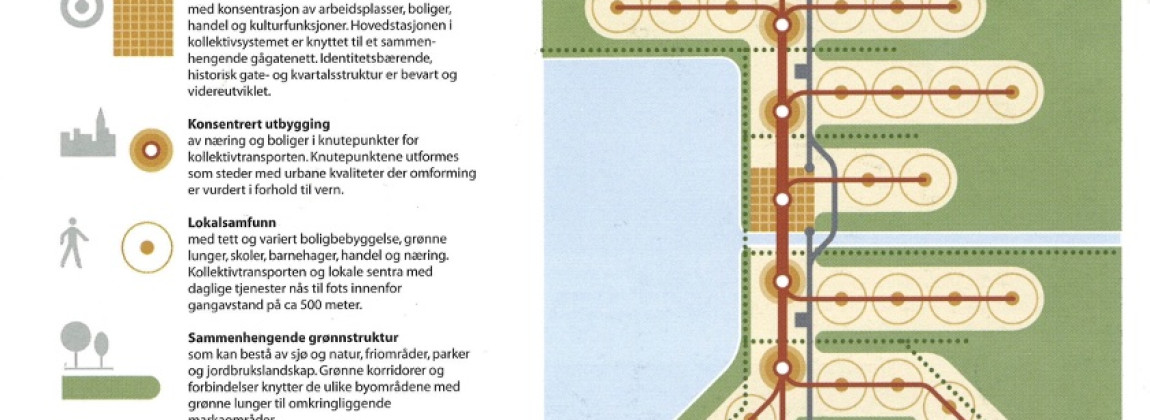
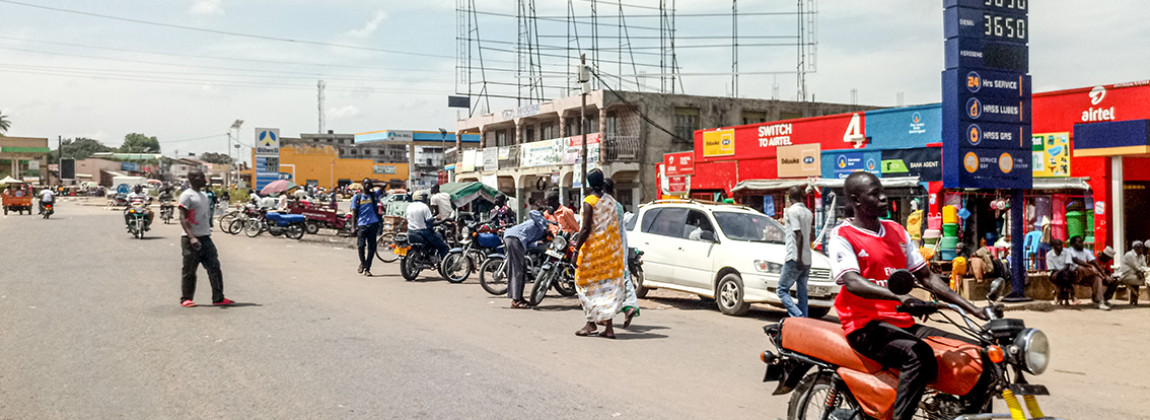
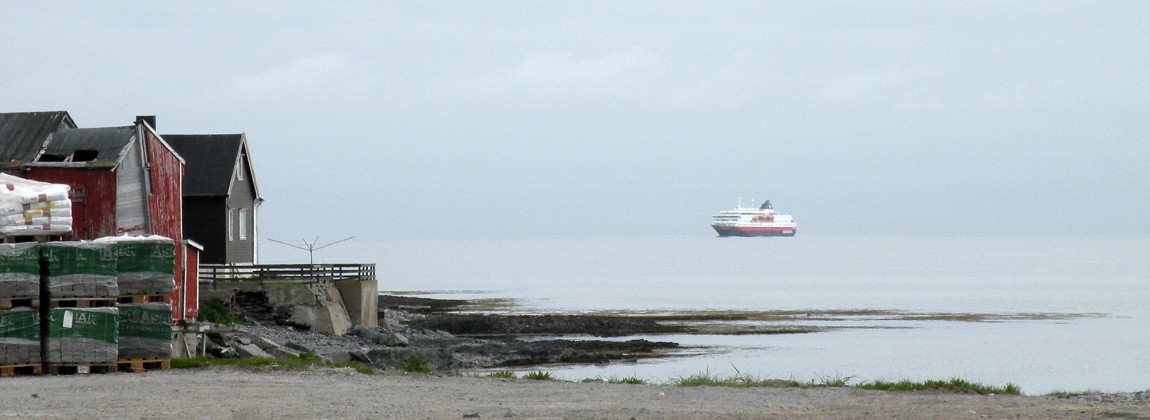
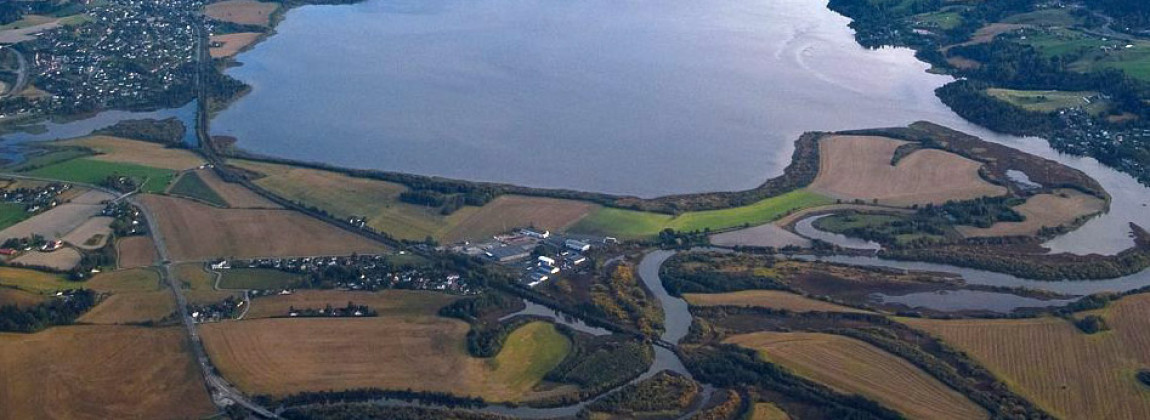
En analyse av metoder og verktøy for sivilsamfunnsmobilisering, innbyggerinvolvering og medvirkning i kommunale planprosesser, by- og stedsutviklingsprosjekt
The SUV project (Stimulating the Uptake of Autonomous Vehicles by Local Authorities) provides cities and regions with the right tools and practices to prepare their urban developments for the introduction of autonomous vehicles. It aims to connect and enhance sustainable mobility and city/regional planning to understand the actions needed to maximise the benefits autonomous vehicles can offer society.
Water-related risks will jeopardize the water security of up to 2.4 billion people by 2050, with impacts on access to water and health (Risk #7), lifeline infrastructure (Risk #3), food security, livelihoods, and cultural heritage. We will be supporting community partners in Kenya, South Sudan, Norway, and Canada to: a) map their water systemsʼ climate vulnerabilities; b) implement and evaluate interventions that augment their water systemsʼ resilience; and c) create a globally-applicable toolkit to inform policymakers at the global, national, regional, and local levels to advance interventions with vulnerable groups in other locations. Our first two aims will support in-community activities to advance water security beyond the duration of this project. Research objectives include understanding: (i) the systems that ensure water security, (ii) the climate vulnerabilities in those systems, and (iii.) the opportunities for creating and maintaining climate-resilient water systems.
The project explores the evolution of travelling methods for winter-adapted architecture and its socio-environmental significance in the development of Arctic Norwegian Cities.
Investigating place-specific urbanism for sustainable communities in the Arctic.
Stadtunterbau/Urban Base – Catalyst of the sustainable, mixed-use or open-use and adaptable city.
The project explores fieldwork in the education of landscape architects.
Experimenting with systemic and participatory design tools, the research explores the role of landscape architecture in landscape-based climate adaptation and mitigation
Exploring the relevance of urban morphology and cultural heritage in strategic urban planning.
Bymiljøarkivet på AHO dokumenterer en serie utviklingsprogrammer drevet fram av Planavdelingen i Miljøverndepartementet fra 1980-tallet og framover.
Water as restructuring element in peri-urban areas of the Oslo Region.
Tromsø was transformed into a winter city through public events and discreet urban design.
The Oslo Centre for Urban and Landscape Studies is located at the Institute of Urbanism and Landscape, AHO

